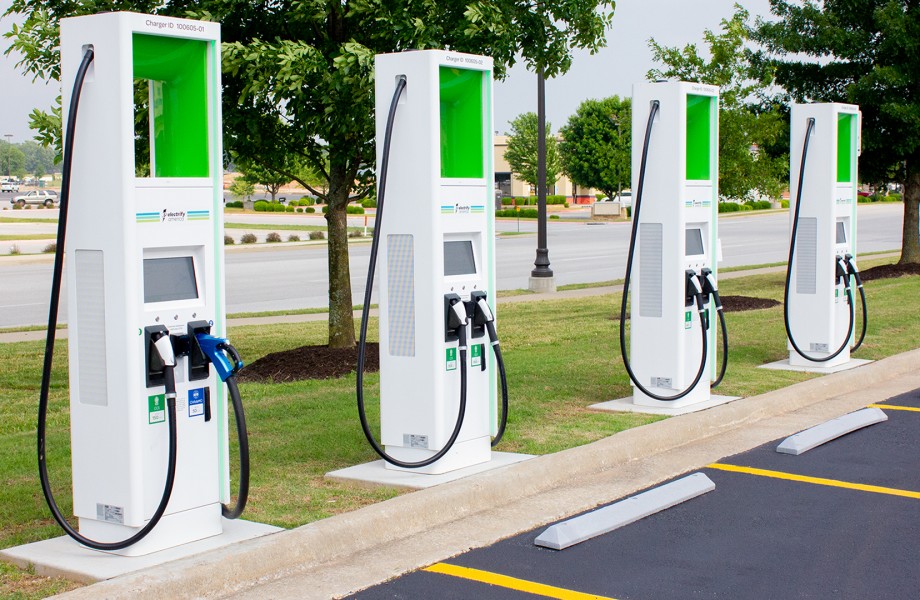With the increasing popularity of electric vehicles (EVs), many businesses are considering the installation of commercial EV chargers to accommodate their customers and employees. However, calculating the installation cost of a commercial EV charger can be a complex task. In this article, we will break down the process into several steps to help businesses determine the total cost.
1. Electrical Assessment: The first step is to conduct an electrical assessment of the chosen installation site. This involves evaluating the existing electrical infrastructure and determining if it can support the charger. If upgrades are necessary, such as installing a new electrical panel or increasing the capacity of the electric service, these costs need to be factored in. If you want to know more about the installation of an EV charger you may check or visit EV Revolution.

Image Source: Google
2. Charger Selection: Next, choose the type and number of chargers that will be installed. Factors to consider include the charging power (measured in kilowatts), the number of charging ports, and whether the chargers will be AC (alternating current) or DC (direct current) fast chargers. The cost of the chargers will depend on these specifications.
3. Permitting and Inspections: Before the installation can begin, the necessary permits need to be obtained from the local government. The cost of the permits will vary depending on the location and complexity of the installation. Additionally, inspections may be required to ensure that the installation meets safety and code requirements.
4. Electrical Installation: The actual installation of the chargers involves running electrical wiring, mounting the chargers, and connecting them to the electrical service. This step requires the expertise of a licensed electrician who will charge for their labor and materials.
5. Additional Costs: Other costs to consider include any necessary site preparation (such as digging trenches for underground wiring), signage, and networking or software integration for managing and monitoring the chargers.